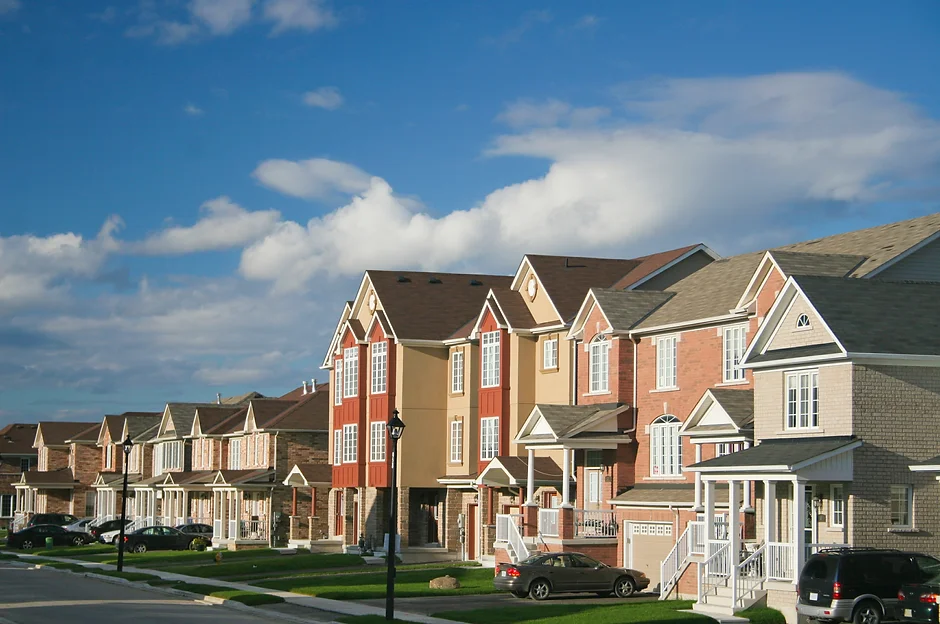During our search to find additional alternative asset classes outside of multi-family for ourselves and our investor partners, manufactured housing communities (MHCs or MHPs for Mobile/Manufactured Home Communities/Parks, used interchangeably) was one asset class that peaked our interest. Often there’s a negative stigma around MHPs as “trailer parks,” but many of these parks offer higher quality of living than most C and some B class multi-family properties, and are lived in by working class or retired professionals who own the physical dwelling and are economically more well off than most, just not rich. Frankly, this stigma affords us the opportunity to invest in a sector with less competition, yet one that institutional money has taken notice of. It allows us to earn a healthy and steady cash flow for our investors and ourselves while boosting annualized returns with refinances or sales. Let’s take a deeper look at why I like this asset class.
Constrained supply & lack of competition
Because of the aforementioned negative stigma, MHPs are often frowned upon and stereotyped by individuals, neighborhoods and communities, which ultimately leads to a more challenging permitting and zoning process in order to build new parks. The result being that, on average, only 10 new parks are built in the United States per year.
Additionally, MHPs are not the best use of land to generate taxable revenue for local municipalities. Which one do you think will make a local government more money, a new shopping center or a mobile home park? How about a new grocery store? Taking these two points into consideration we can then look at it from a simple economics perspective; less supply while demand remains the same or increase results in an increase in value for the existing parks.
Rising demand
Speaking of demand, there are several incredibly strong demand drivers for this asset class. Let’s take a look at a few of the most convincing, in no particular order:
- A recently study concluded that 100% of all counties in the U.S. have a need for affordable housing. What’s more, for every unit of affordable housing that is available, there are roughly 4 people in need of that unit.
- On average, roughly 10,000 baby boomers are reaching retirement every single day. Many of these baby boomers do not have adequate savings and rely mostly on social security income, and thus are looking for an affordable place to live or retire. (Note: this is just one reason why we target parks in “sunny states” or states that are popular for retirement)
- The prices of homes in the U.S. have been steadily increasing for years and the cost of home ownership is at an all time high. Because of this, a large portion of working-class citizens have been priced out of home ownership and have been forced to seek out affordable housing, increasing the demand.
Industry consolidation
A recent study indicated that there are roughly 55,000 MHPs in the U.S. These parks are regularly being demolished or otherwise repurposed to make way for single family home development, commercial office parks, shopping centers, and a number of other things. This is shrinking the MHP sector as a whole, yet again leading to a decrease in supply. Another interesting fact is that roughly 80% of MHPs are not owned by institutional companies. Instead, they are owned by small companies or “mom and pop” shops, leaving room for industry professionals to come in and add value at scale through rent increases, tightening operational efficiency, deploying fine-tuned marketing strategies, etc. Industry consolidation, for those who have been in this game for years or even decades and have proven that they are leading experts, can lead to more opportunity.
Income stability
Historically, the MHP sector has displayed low correlation to the broader market, and has fared much better than other asset classes in times of economic hardship. This is evidenced when looking at historical net operating income (NOI, a metric directly correlated with asset value) performance for the asset class. That is, MHPs have experienced zero quarters of negative NOI growth since 19998.
MHPs benefit from the fact that there is an extreme lack of mobility associated with owning a mobile home. On average, it costs $3,000-$5,000 to move a manufactured home. This is very cost prohibitive to most residence and thus leads to longer residency and higher occupancy rates. These characteristics, among others, support strong NOI performance and result in a more stable income option for investors.
Constrained supply, lack of competition, rising demand, industry consolidation and income stability all contribute to my bullish stance on MHPs and why I encourage everyone to at the very least consider the asset class as a way to diversify your portfolio. If you are considering becoming passively involved in this space, I highly recommend investigating the fund approach. When taken, it can offer greater diversification and spread risk by purchasing a number of assets across multiple geographical locations, rather than a single property.



